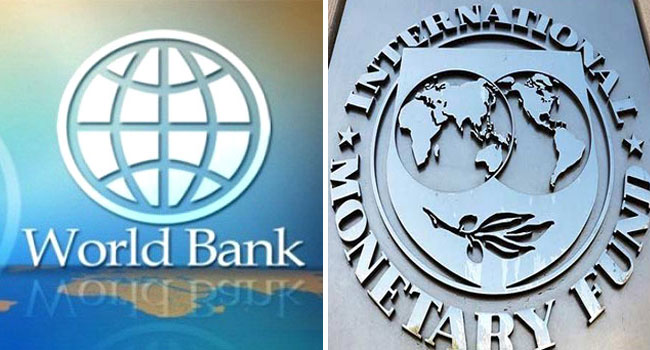The International Monetary Fund (IMF) and the World Bank’s International Development Association (IDA) have marked a significant milestone for Somalia with the approval of the Heavily Indebted Poor Countries (HIPC) Initiative Completion Point. This landmark decision brings substantial debt relief for Somalia, amounting to US$4.5 billion, significantly reducing its external debt from 64% of GDP in 2018 to under 6% by the end of 2023.
This financial restructuring under the HIPC Initiative is pivotal for Somalia, facilitating access to essential financial resources crucial for strengthening its economy. The focus is now on reducing poverty and fostering job creation, pivotal steps towards rebuilding the nation’s economic structure.
The debt relief is sourced from various creditors, including the IMF (US$343.2 million), IDA (US$448.5 million), African Development Fund (ADF) (US$131.0 million), other multilateral creditors (US$573.1 million), and bilateral and commercial creditors (US$3.0 billion). This collective effort underscores the global commitment to aiding Somalia’s economic recovery.
Somalia’s President, H.E. Hassan Sheikh Mohamud, emphasized the long-term national commitment and cross-governmental efforts over nearly a decade, spanning three political administrations. This achievement is a result of comprehensive reforms in laws, systems, policies, and practices, culminating in reaching the HIPC Completion Point.
Similarly, H.E. Bihi Iman Egeh, Somalia’s Minister of Finance, highlighted the nation’s journey of economic reform and resilience, maintaining progress amidst challenges like climatic shocks and the fight against international terrorism. The reforms led to increased domestic revenue, strengthened public financial management, and enhanced institutional capacity.
The Executive Directors of both the IMF and the World Bank acknowledged Somalia’s satisfactory progress in meeting the HIPC Completion Point requirements. This includes implementing a poverty reduction strategy and maintaining sound macroeconomic management, evidenced by the Extended Credit Facility (ECF) supported program. Somalia’s performance is notable given the challenges posed by the Covid-19 pandemic, droughts, locust infestations, food supply issues, and security risks.
Jihad Azour, the IMF’s Director for the Middle East and Central Asia, recognized Somalia’s strides in rebuilding its economy and institutions post-civil war. The HIPC Completion Point is seen as a testament to Somalia’s persistent policy and reform efforts, along with substantial international support.
Victoria Kwakwa, the World Bank Vice President for Eastern and Southern Africa, also commended Somalia for reaching this historic milestone and implementing reforms that support growth and poverty reduction.
Looking ahead, Somalia remains committed to sustaining its reform momentum post-HIPC. The World Bank and IMF will continue providing technical assistance and policy guidance. The IMF’s engagement will include a new three-year financial arrangement and capacity development support, while the World Bank’s new five-year Country Partnership Framework focuses on state and institution building, infrastructure, human capital, and resilience. The current World Bank portfolio in Somalia totals US$2.3 billion, addressing human capital development, energy access, and climatic challenges.
The debt service savings of US$4.5 billion include debt relief under the Enhanced HIPC Initiative, the Multilateral Debt Relief Initiative (MDRI), and commitments from Paris Club creditors for beyond-HIPC debt relief.
The HIPC Initiative, launched in 1996 by the World Bank and IMF, aims to provide debt relief to the world’s poorest and most heavily indebted countries, enhancing economic growth and poverty reduction. Somalia is the 37th country to reach Completion Point under this initiative. The MDRI, created in 2005, further aids eligible low-income countries by providing 100% debt relief on eligible debts from the World Bank’s IDA, the IMF, and the ADF at the HIPC Initiative Completion Point.
Source SONNA

